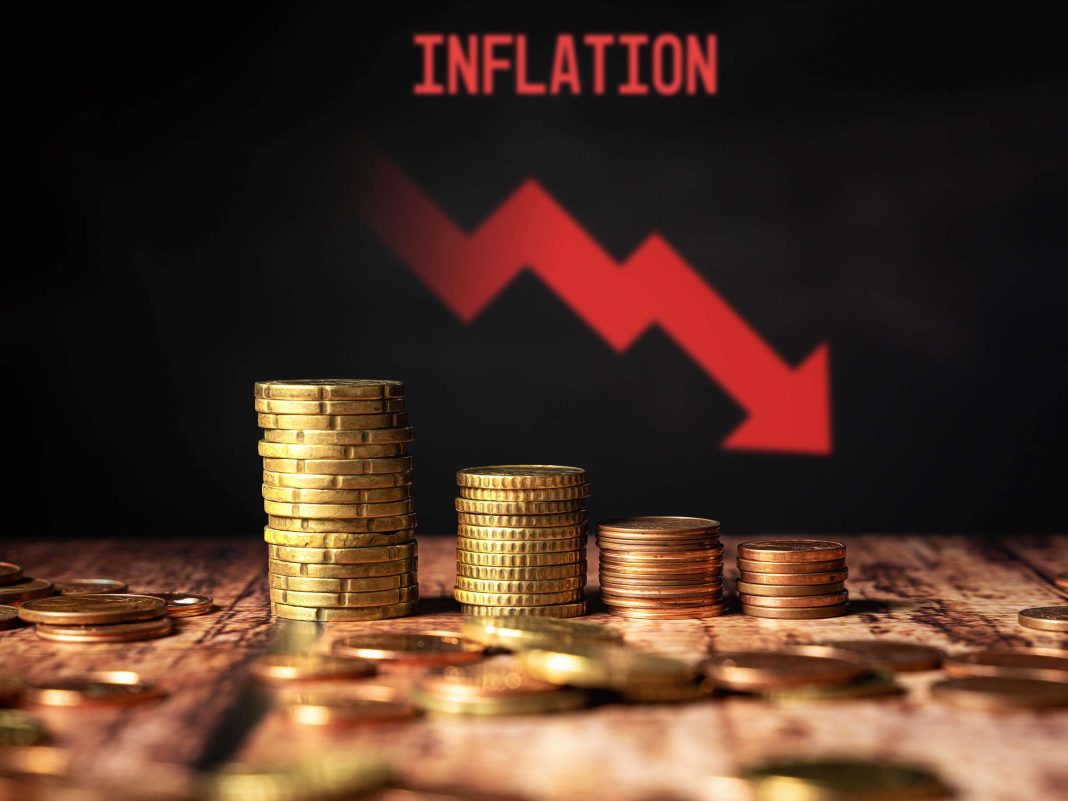
ECB Cuts Interest Rates as Inflation Slows and Economic Growth Weakens
In response to lower inflation and slowing economic growth, policymakers at the European Central Bank (ECB) have decided to cut interest rates. The ECB’s governing council voted to lower the benchmark interest rate, known as the deposit facility rate, by 25 basis points or a quarter of a percentage point. This move is part of a cautious approach to monetary easing.
ECB President Christine Lagarde and Vice President Luis de Guindos stated in a joint statement that the decision to lower interest rates is based on their assessment of the inflation outlook, underlying inflation dynamics, and the strength of monetary policy transmission. They believe that it is appropriate to moderate the degree of monetary policy restriction.
With this cut, the rate that the ECB pays on bank deposits has decreased from 3.75 percent to 3.5 percent. However, this rate is still considered restrictive and has a cooling effect on the economy. It is the ECB’s second rate cut in three months and reflects a gradual normalization of monetary policy after last year’s record-high borrowing costs due to soaring inflation.
Recent inflation data has been in line with expectations, with the headline pace of inflation projected to average 2.5 percent in 2024, before falling to 2.2 percent next year. While domestic inflation remains high due to rising wages, labor-cost pressures are easing. However, financing conditions remain tight, leading to weak private consumption and investment, resulting in subdued economic growth.
The ECB’s projections for the eurozone economy indicate a growth rate of 0.8 percent in 2024, increasing to 1.3 percent in 2025 and 1.5 percent in 2026. These figures represent a slight downward revision from previous forecasts, primarily due to weaker domestic demand in the near term.
While the interest rate cut was widely expected, there is uncertainty regarding future rate cuts. The ECB has indicated that it is not pre-committing to a particular rate path but will adopt a flexible, meeting-by-meeting approach based on incoming economic data. Inflation is expected to rise again in late 2024, and core inflation, which excludes energy and food, is projected to be higher than previously expected. These factors contribute to the uncertainty surrounding future rate cuts.
Analysts at ING believe that the ECB will eventually cut rates at a faster pace but likely not until next year. They argue that German wage negotiations and increasing selling price expectations suggest some stickiness of inflation, which makes the ECB cautious about more aggressive rate cuts. However, as the ECB has a history of underestimating inflation and overestimating economic growth, a bleaker growth outlook could lead to more aggressive rate cuts in the future.
In conclusion, the ECB’s decision to cut interest rates reflects concerns over lower inflation and slowing economic growth. While the rate cut was expected, uncertainties remain regarding future cuts. The ECB aims to ensure that inflation returns to its 2 percent medium-term target and will keep policy rates sufficiently restrictive to achieve this goal. Analysts believe that more aggressive rate cuts may be on the horizon if the eurozone economy’s growth outlook worsens.

